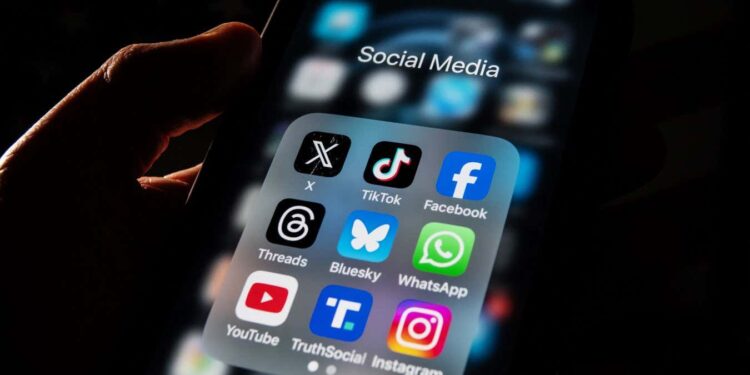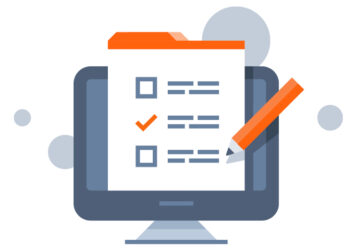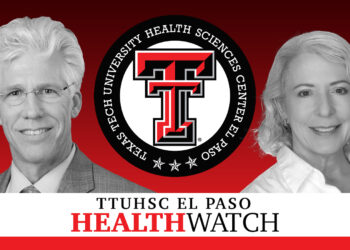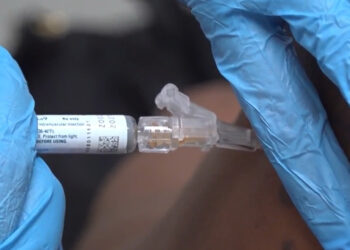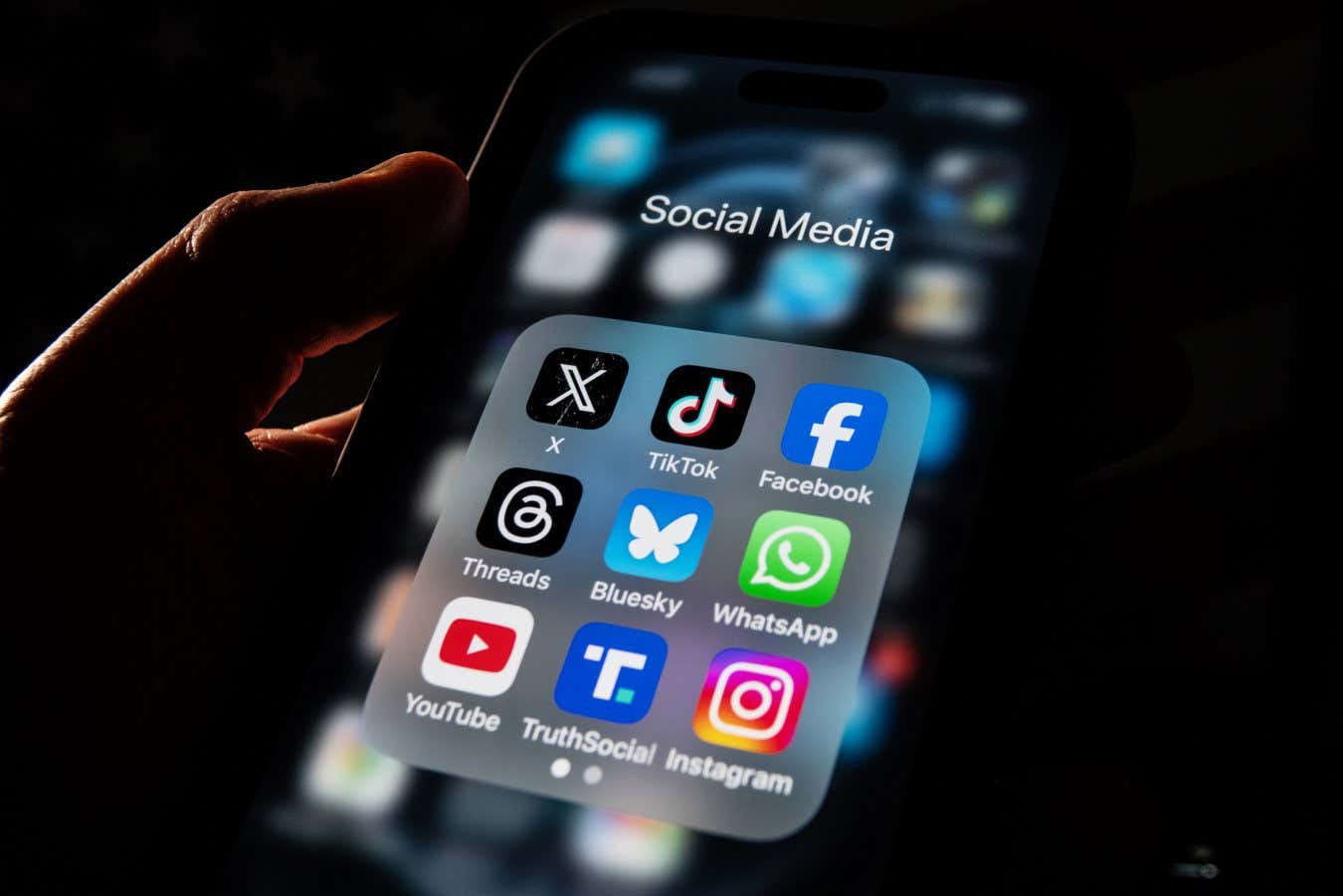
Access to social media will be controlled in Australia
Anna Barclay/Getty Images
In just a few months, the online world of Australian teenagers will be turned on its head as the federal government’s ban on social media for under-16s comes into effect.
But with the December deadline looming, children and their parents still have no certainty about how the ban will be enforced and how web users will have their ages assessed.
Many experts are expecting chaos and perverse outcomes, especially as the technology that social media platforms will have to rely on can only assess the ages of young people with significant margins of error.
After 10 December, social media behemoths including Instagram, Facebook, X, Reddit, YouTube, Snapchat and TikTok will have to take “reasonable steps” to remove and delete the social media accounts of all teenagers under 16 in Australia. Failure to do so will result in fines of up to AUS$49.5 million (US$32 million) for corporations. Parents, however, cannot be punished.
Prior to the ban’s announcement, the Australian government commissioned a trial of age assurance technologies, which released its interim findings in June, with a final report expected in the next few weeks. As part of that trial, more than 20 age verification tools were tested on 1100 students from around the continent, including Indigenous and ethnically diverse young people.
Andrew Hammond at the consultancy firm KJR in Canberra, Australia, who led the trial, recounts an anecdote that highlights the scale of the challenge. One 16-year-old boy’s age was estimated with four incorrect ages between 19 and 37, he says.
“Essentially, he scrunched his face up and held his breath, and he was all red and puffy, like an angry old man,” he says. “It wasn’t like he did anything wrong because we wanted kids to explore. We wanted to see how they could circumvent these systems.”
Numerous other technologies were also trialled on other Australian children, including one that depends on hand gestures to age the subject. “It’s able to determine how old a person is within a broad range,” says Hammond. “It can’t tell you if it’s your birthday or anything like that, but it can broadly confirm how old someone is just based on their hands.”
He says some kids were uncomfortable using their faces for age verification, but they were more comfortable having their hand movements assessed.
While the interim report determined that age verification is secure and technically feasible, the headline reported at the time, though now disputed by Hammond, was that children’s ages could only be estimated to an accuracy within 18 months in 85 per cent of cases. If a person who is initially verified as over 16 is found to be younger, they will have to go through other, more arduous verification methods, such as providing their learner driver’s licence, ID, or parental or school confirmation of age.
Hammond says some underage users would need to be picked up by the social media platforms’ algorithms. “If you say that you’re 16 and then all of a sudden you’re liking all your friends’ 11th birthday parties, then it would be up to the social media companies to raise some flags and say, ‘Actually, we don’t think you’re over 16, can you please verify using another method such as an ID?’”
Iain Corby at the Age Verification Providers Association in London, who also assisted with the Australian trial, says there is no silver bullet for age verification.
The UK recently introduced mandatory age verification for websites offering “harmful content“, including pornography. In the first days after the rules came into effect on 25 July, around 5 million people every day were verifying their age, says Corby.
“In the UK, the requirement was for highly effective age assurance, not perfectly effective age assurance,” says Corby. “There is an acknowledgement not only that the technology is never going to be perfect, but also, the closer you get to perfect, the more inconvenient it becomes for adults.”
One loophole that is consistently raised by critics is that children in Australia could simply use a virtual private network (VPN) to circumvent the ban by pretending they are in another country.
Corby says social media companies will need to monitor all traffic that comes from a VPN and consider whether that traffic exhibits behaviours that suggest it might be an Australian child. “There will be a bunch of clues to suggest that somebody is not in Thailand, that they are potentially in Perth,” he says.
Putting aside the questions over how age verification will work, is a ban on social media use the best way to protect teenagers from the problems they face online? The Australian government has introduced the measure because it says children under 16 need to be protected from the harms associated with social media – including being exposed to adult content and potentially becoming addicted to constant scrolling. The government also says that by delaying access to social media, children can be given more time to become educated about its potential harms.
Campaigners and charities appear unconvinced. “Social media has a lot of good things, like education and staying in touch with friends. We think it’s more important to make social media platforms safer and to listen to young people to make sure any changes actually help,” UNICEF Australia says on its website.
Susan McLean, a leading Australian cybersecurity expert, is among those who say the government should instead be focusing on the harmful content and the algorithms that put such material in front of children. She is especially critical that AI and gaming platforms have been omitted from the ban.
“What really bothers me is that we’re focusing on social media platforms and particularly those that work on algorithms,” she says. “But what about the children that are being found on gaming platforms and groomed and extremely seriously harmed? What about the kids that are using the AI companions and being significantly harmed by those? They don’t even rate a mention in this policy and I would say, at the moment, they are equal if not more harmful than what we’re banning.”
Lisa Given at RMIT University in Melbourne, Australia, says the ban won’t solve the issues of online bullying or accessing inappropriate content. “I think that this is really a false sense of security if parents think the ban is going to protect their kids 100 per cent.”
The pace of technological change means that harm will continue to manifest in new platforms and technologies unless inappropriate content is tackled at source, she says. “We’re kind of playing a game of whack-a-mole because new technologies will pop up and then do we need to have a different ban, or do we need to change legislation?” She is also concerned about young people being cut off from positive online communities and important information.
The consequences of the ban will be carefully studied after implementation and the government has proposed to review the impact after two years. Whatever the outcomes, other countries will be watching closely to see whether the policy succeeds in improving young people’s mental health.
“Australia is offering to the world a fantastic opportunity for a controlled experiment,” says Corby. “It’s a proper science experiment and you don’t have this opportunity very often to get a massive sample in a neatly discrete jurisdiction and do this experiment on them.”
Topics:
Source link : https://www.newscientist.com/article/2494224-will-australias-social-media-ban-really-keep-teenagers-safe-online/?utm_campaign=RSS%7CNSNS&utm_source=NSNS&utm_medium=RSS&utm_content=home
Author :
Publish date : 2025-08-28 22:00:00
Copyright for syndicated content belongs to the linked Source.

